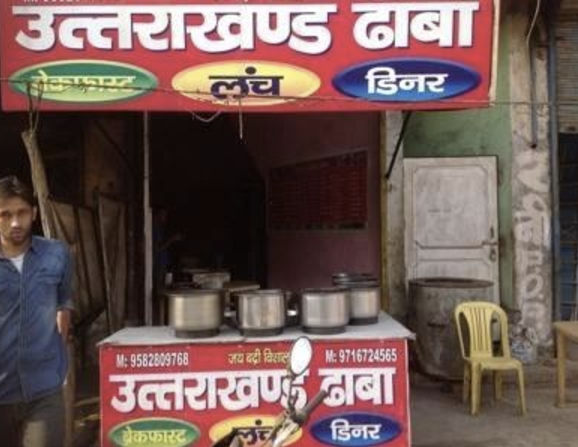Dehra Dun : Pilgrimage to the char dhams – Badrinath, Kedarnath, Yamnotri and Gangotri – is the backbone of tourism in this hill state of Uttarakhand. Lakhs of pilgrims visit these four major shrines annually, but if a local NGO is to be believed, they run the risk of health hazards as most of the food available is adulterated.
According to the NGO, Society of Pollution and Environment Conservation (SPEC) the magnitude of adulteration has only increased over the years. Sources claim that a reason for this could be lack of checking by concerned authorities and also the fact that the large number of pilgrims on the route does not have the spare time to make complaints about the quality of food available.

What could be more appalling than the fact that the NGO collected samples from 47 places on the char dham yatra route from May to July this year and found a whopping 983 samples to be adulterated. “The adulteration levels in food items on the Gangotri-Yamnotri route from 78 per cent in 2016 to 85 per cent this year. However, it has remained constant at 85 per cent on the Badrinath-Kedarnath route”, a spokesman of the NGO said.
He said that it is not only the char dhams that have adulteration, even the other popular tourist destinations in the higher reaches of the state, suffer from the malaise. “Adulteration in the Gangotri-BHatwari-Gangnani region was 100 per cent, in Narendra Nagar it was 93 per cent, Tehri it was 90 per cent, Uttarakashi it was 87 per cent, Guptkashi it was 88 per cent, and Rudraprayag it was 91 per cent”, he claimed.
The spokesman said that even the holy township of Rishikesh, which is said to be a yoga hub and visited by a number of foreign visitors who are keen yoga enthusiasts is not free olf aulteration. “The adulteration level in Rishikesh is 88 per cent”, he pointed out.
A journalist with over 40 years of experience, Jagdish Bhatt was Editor, Hill Post (Uttarakhand).
Jagdish had worked with India’s leading English dailies, which include Times of India, Indian Express, Pioneer and several other reputed publications. A highly acclaimed journalist, he was a recipient of many awards
Jagdish Bhatt, aged 72, breathed his last on 28th August 2021 at his Dehradun residence.




To combat the food adulteration markets is to mass serialise the original goods and empower the customers to check the originality and other product’s characteristics. Serialization is maybe the most powerful and cost effective anti-adulteration solution, the one offered by MY-VALIDACTOR is immediately available, easy to implement and at a cost near to zero.
This is how final customers would like to check the quality and the characteristics of the eggs and of the food in general http://www.my-validactor.com/blog/files/47efe66d9a228e5e737ff904a6f9fff9-85.html